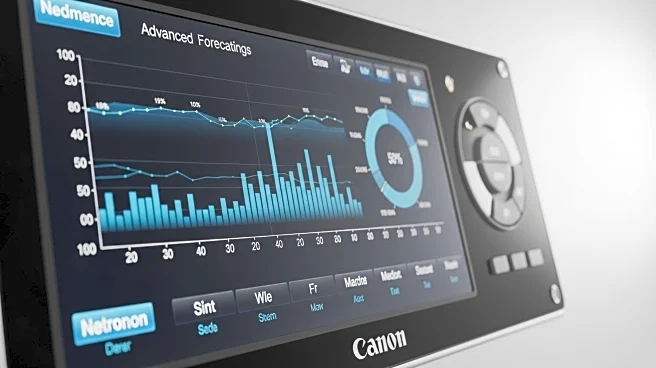Rapid Read • 7 min read
The concept of virtual power plants (VPPs) is gaining traction as a solution to the increasing strain on America's electricity grid. VPPs utilize distributed energy resources such as smart thermostats, electric vehicle chargers, and home batteries to shift energy usage and balance electricity consumption. This approach allows for quick scalability and cost-effectiveness compared to traditional infrastructure. A study by the Brattle Group suggests that deploying 60 GW of VPPs could save the U.S. $15–$35 billion over the next decade. VPPs have already demonstrated their potential in California, where they helped prevent blackouts during a heatwave. The success of these systems depends on widespread participation and the integration of smart devices into demand response programs.
AD
The adoption of VPPs represents a significant shift in how energy is managed and consumed in the U.S. As electricity demand continues to rise due to factors like extreme weather and increased data center usage, VPPs offer a strategic advantage by providing a flexible and resilient energy solution. They enable utilities to avoid costly infrastructure upgrades while maintaining grid reliability. Consumers benefit from potential cost savings and incentives for participating in these programs. The broader implementation of VPPs could lead to a more sustainable and efficient energy system, reducing reliance on fossil fuels and enhancing energy security.
The future of VPPs will likely involve expanding participation and refining the technology to better integrate with existing grid systems. Utilities and regulators may focus on developing policies that encourage the adoption of VPPs and support consumer engagement. As more states recognize the financial and reliability benefits, VPPs could become a standard component of energy management strategies across the country. Continued innovation in data analytics and load forecasting will be crucial to optimizing the performance of these systems.
AD
More Stories You Might Enjoy












